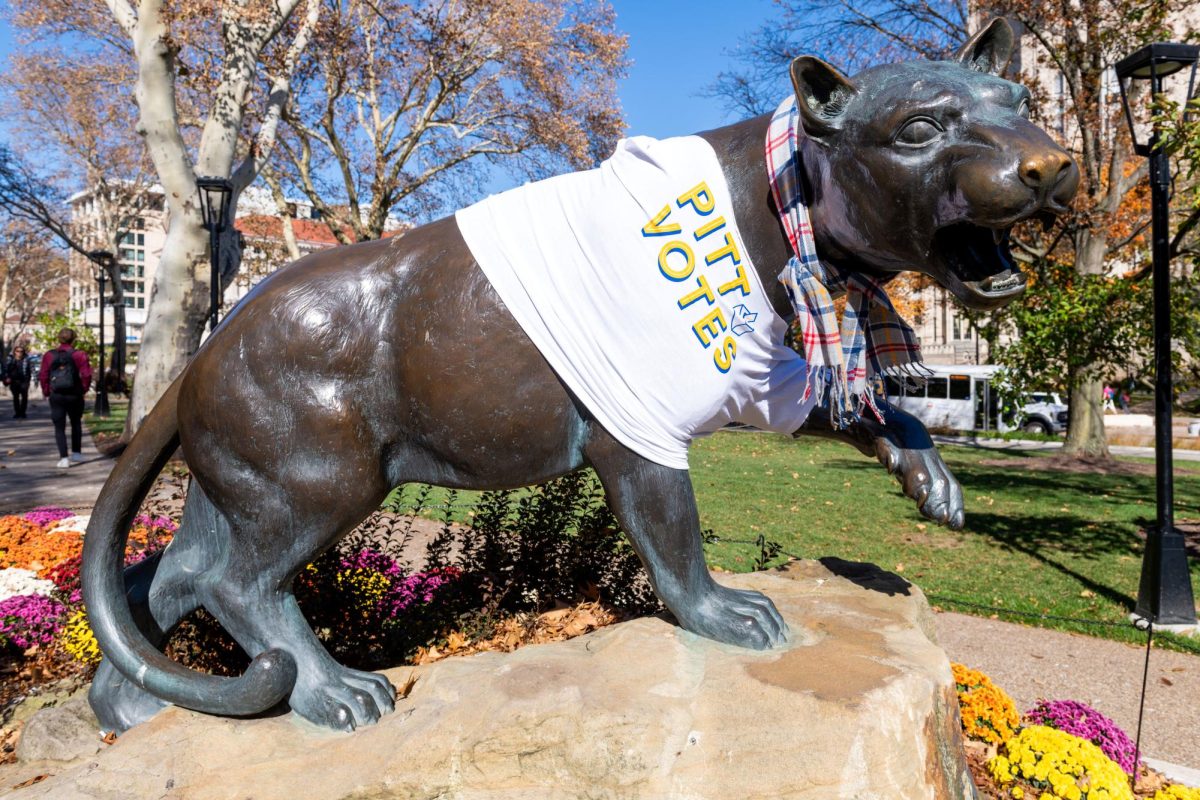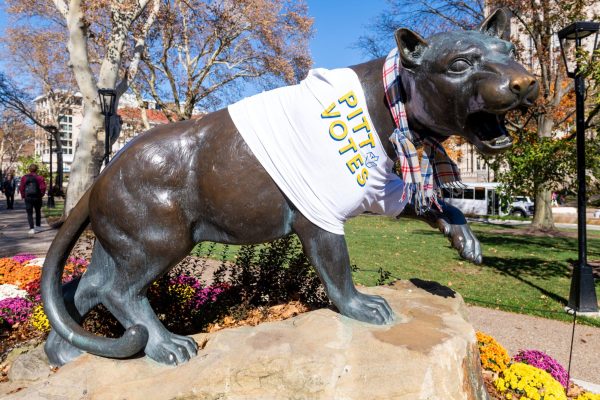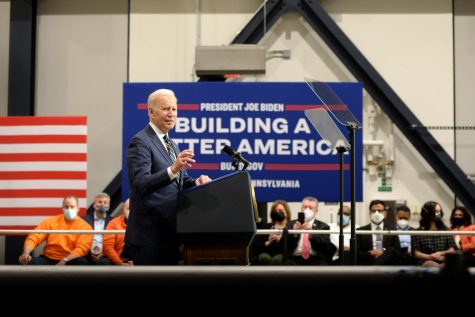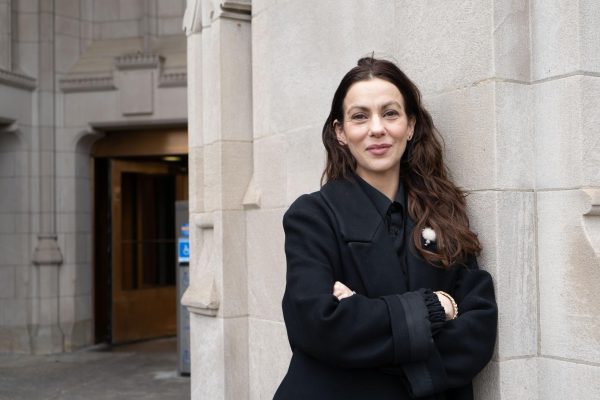Editorial: Redefining police presence in Pittsburgh
January 27, 2015
After a controversial 2014, the New Year reminded us that good cops are on our side. This realization came in the form of a simple cardboard poster held by Pittsburgh police chief Cameron McLay during Pittsburgh’s First Night parade. The sign read, “I resolve to challenge racism @ work. #EndWhiteSilence.”
For his resolution, McLay received an unprecedented volume of backlash for his display. When the photo went viral, Howard McQuillan, Pittsburgh police union president, sent McLay an email voicing dissatisfaction, accusing McLay of calling the whole department racist, according to the Pittsburgh Post-Gazette.
However, we should not misconstrue McLay’s speech as negative. The End White Silence group on Twitter originated to “create a world that is free of destructive white privilege and oppression,” as CBS Pittsburgh reported. There is more to hail in McLay’s solidarity than to critique. His voice on institutional racism mirrors his noble mission as a police chief — namely, his focus on accountability.
Notably, McLay said that Pittsburgh’s police force typically struggles to relate to and build rapport with its black community. In an email from McLay to the Bureau of Police, reprinted by the Pittsburgh Post-Gazette, McLay noted that the “disparities in police arrest and incarceration rates that follow are not by design, but they can feel that way to some people in those communities.” To negate this, McLay hopes to utilize surveys and other forms of research to document and reverse trends in disparate treatment of black citizens.
“My job will be to close the gap between the police and the community,” McLay said as he met the press.
The main tenets of his platform as police chief, set in September, include restoring accountability, dispersing leadership, conducting community surveys and rebuilding confidence and pride in the police bureau.
It seems he has been living up to his standards, as evidenced by members of his bureau speaking at the 17th Annual Summit Against Racism on Saturday. Cmdr. RaShall Brackney, major crimes, and Zone 2 Cmdr. Eric Holmes each participated in a panel on police-community relationships in East Liberty.
The foremost wins that the bureau described at the summit included several efforts to improve police accountability. This included McLay’s cooperation with Pittsburgh City Council — which committed to spending $650,000 to outfit most officers with wearable cameras — and discipline of officers who fail to use dashboard cameras and microphones to capture encounters. In addition, McLay created an in-progress draft for a new Office of Professional Standards, which he did not detail extensively, but assured would work closely with the city’s Office of Municipal Investigations.
Similarly, members of Pittsburgh law enforcement attended a panel held by Black Action Society in the William Pitt Union on Jan. 16. Members present included chief of Pitt police James K. Loftus, Deborah Walker, manager of the office of municipal investigation, Brackney and Beth Pittenger, police citizen review board director. Students posed questions to the group on notecards, and the general sentiment of the panel members’ responses reflected the need for an open, transparent conversation on issues regarding law enforcement and race.
In the last two months, the compliance of police during multiple protests in Pittsburgh have highlighted officers’ tolerance and understanding. Rather than taking violent measures, they gave peaceful protesters the space they needed to express their viewpoints and exercise their First Amendment rights. Holmes said he took a “passive approach” to working with the demonstrators, according to the Pittsburgh Post-Gazette. By doing so, the authorities gave the people lying in the streets room to “breathe,” a reflection of the slogan popularized by protestors in support of Eric Garner, whose last words were “I can’t breathe.”
So, McLay’s actions resonate as loudly as his words. Transparency in government should not be limited to politicians — police should be just as visible in community conversations.
If the Pittsburgh police continue to exhibit growth as a bureau, it will strengthen ties between civilians and authority. For this reason, we hope to see more summits against racism, improved education and collection of statistics on racial arrest disparities, more panels creating dialogue between students and law enforcement, continual tolerance to peaceful protesters and of course — increased accountability.
Pittsburgh’s Bureau of Police is laying the mortar for improved accountability in interracial relations and tolerance for officers nationwide. Future summits and continual upheaval in the police department can only revitalize relations between citizens and officials. Police presence should not be connoted negatively, and McLay is revitalizing that ideal.







